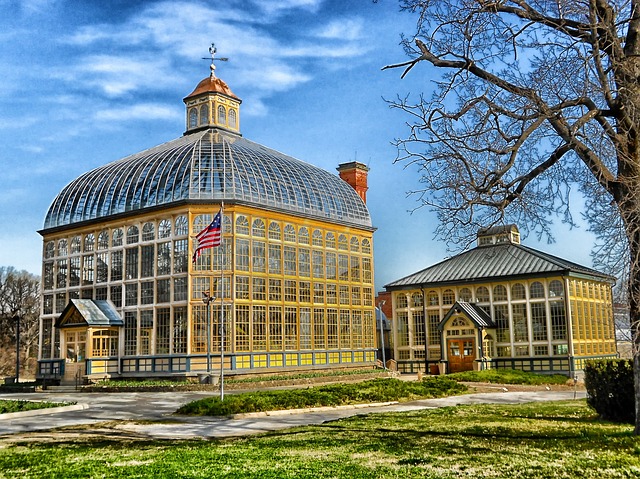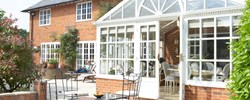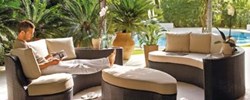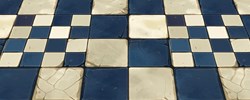When talking to someone about a new conservatory you'll often come across the word 'Orangerie'. Conservatory builders often get asked this question, so don't be embarrassed if you don't know the difference.
What is the difference between an orangerie and a conservatory?
Orangerie
In the 17th, 18th and 19th centuries posh houses were built using classic architectural designs, and with that came building extensions to house plants, in particular citrus trees - hence the name Orangerie.
They were originally built in Italian Renaissance gardens; glass-making technology was taking off and large sheets of glass were becoming easier to buy and install.
These home-owners built orangeries to keep their citrus plants undercover throughout the colder winter months, but then realised that they were often a symbol of status and prestige for many, and the wealthy homeowners would entertain their guests in their newly created orangeries.
As time went on, internal features became more and more elaborate - fountains, plush seating and other exotic plants and flowers were added to show off the resident's wealth and social status. There was one major difference back then - they were sometimes separate to the house, meaning that the homeowners (and guests) were exposed to inclement weather.
Today, orangeries or usually attached to the property itself, but instead of feeling like an additional room that complements the house, they often have their own design and furnishings to 'set it apart'.
Orangeries are usually built using more brickwork than conservatories, and typically have a glass roof.
As the materials used to construct an orangerie is more expensive, they usually cost considerably more than a conservatory.
Conservatories
As the decades went by, the wealthy realised that orangeries didn't fit the needs of wealthy socialisers, and soon the need to provide more comfortable rooms gave rise to the 'Conservatory'.
Conservatories still typically contained plants and flowers, but the sometimes harsh climate in the UK meant that a warmer, more contained area to entertain and relax was needed.
In addition, homeowners wanted their conservatories to be built as an extension of their own homes rather than an orangerie, which often was a self-supporting structure that was sometimes set apart from the main house.
Conservatories enabled people to be able to walk in from their house avoiding the wet and cold weather, much to the delight of their guests.
In general, conservatories tend to reflect the features of the house, its design and furnishings, making it feel more like an extension of the house, or an additional room, rather than an external building.
They use less bricks than orangeries, and make use of high-tech uPVC materials and construction techniques.








Discuss this article